Ten years after the launch of Nikon F and the rising competition from the East, Voigtlander still manufactured with confidence and craftsmanship their SLR lineup. One of the last characteristic series for the roaring sixties was the famous Bessamatic CS. An all-to-go camera fitted with Worlds first zoom lens. All you need in one camera and one lens.
After the successful Contaflex of Zeiss Ikon, it was time for Voigtlander to design a slightly larger, professional-looking camera. Especially since the Japanese competition with the Nikon F had shown that pros wanted something big in their hands, the pressure was on. The answer became the Bessamatic, an SLR with light meter and interchangeable lenses, based on the now famous DKL mount. Here the aperture is controlled on the body and not on the lens.

First there was the Bessamatic from 1959 with a simple selenium cell for light metering. Then came the improved Bessamatic Deluxe with all the settings on the lens visible in the viewfinder. Made possible by a small protrusion above the selenium meter cell at the front of the pentaprism. The final model, reviewed here, is the more rare CS, with a battery compartment behind a door at the front of the finder prism and an added cold shoe at the top for flashes or other accessories. All models had a cross-coupled shutter speed and aperture rings, meaning you set combinations. A manual mode also was provided with the big left knob on top to choose ‘only’ the aperture. Or first choose the shutter speed on the lensdial and than choose the aperture with the knob.

The reliable Synchro-Compur shutter is close behind the DKL mount and provides times between B(ulb) and 1/500s. The big viewfinder is bright and the focusing screen has a split image rangefinder. The focusing ring is at the front of the lens. The CdS meters through the lens. The light meter needle is visible to the right in the viewfinder, as is a follower pointer with a small circle at the tip. When they coincide (using the large aperture-control knob) the right exposure is gained.
On top of the left knob is a (very) small rewind button. This can be pulled up twice for fast rewinding. Also there is a little knob to adjust the ISO values of the film. On the right of the camera there is a sturdy wind-on lever with a colored film reminder in the hub. Next to it is the shutter release (with tread mount for cable) and the rewind release lever. Also there is the small lever for R(ewinding) of the film. On the left-hand side on the body next to the lens there are the settings for M and X flash synchronisation, as well V for (Verzögerung) or self-timer, shifted when a small button is depressed on the opposite side of the shutter housing. Finally there is the frame counter under the wind-on lever at the back of the top housing.
The interior on the back is beautifully finished and the film easily loaded. The door opens quickly pressing the two levers up at down of the door. The film loads from left to right and is easily inserted with the top rewind button fully extended. Here you see there is no focal plane or curtain travelling, but a leaf shutter in the Compur. All beautifully designed, craftsmanship is shown in every detail.
Yet it is not the Bessamatic camera that became famous, but the iconic zoom lens made for it: the Voigtlander-Zoomar 36-82 mm F. 2.8. The Zoomar lens was the first (commercially successful) zoom lens, created by optical engineer Frank G. Back. In 1958 Back bought the German optical firm Kilfitt which was one of the best and most innovative German lens makers of the 1950s and 1960s. The Münich factory started to produce the first production 35mm SLR zoom, the famous 36-82/2.8 Zoomar in 1959. It was originally made in Voigtlander Bessamatic and Exacta mount and became the first ever zoomlens on a photocamera.
14 elements in 11 groups. 7 blades aperture. Push and pull zoom. Closest distance: 1,3 meter. 869 grams. Screw in 95 mm tread. The zoomar was a real breakthrough. Never shown before. And even with a fast, 2.8 aperture throughout the full range. Even by modern standards, that is fast! The lens does not extend when zooming and is suitable, adapted to a modern digital SLR, for video. The lens is beautifully designed and smooth to operate, a long focus throw and a unique zoom along three metal rods. Ideal for photographers because the three most commonly used focal distances were available in one lens: 35, 50 and 75 mm.
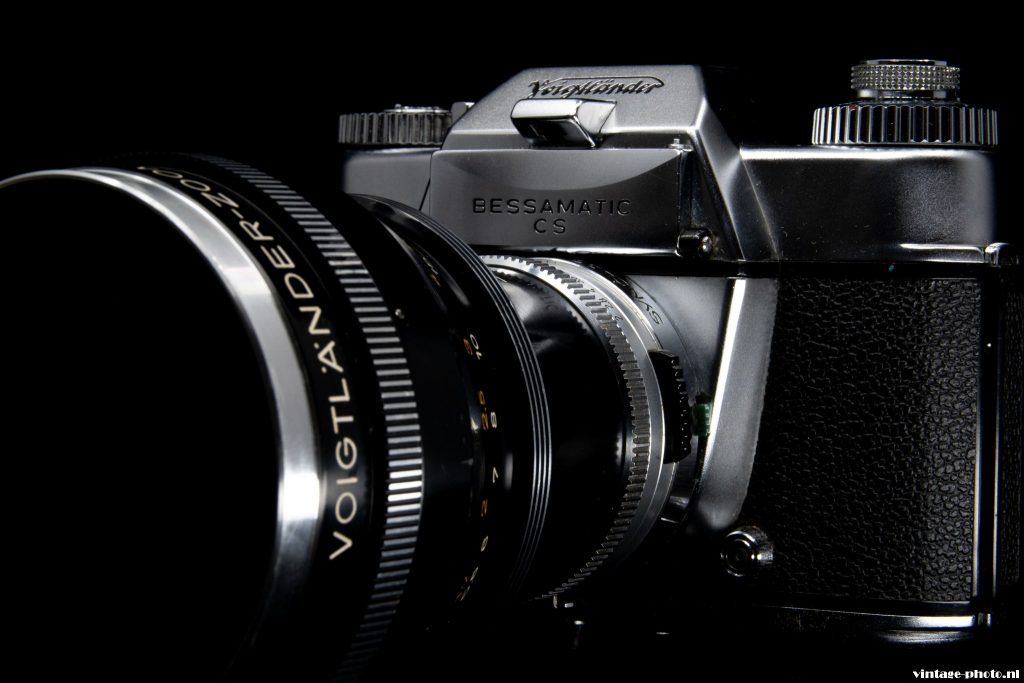
There were however more prime lenses with the DKL mount, fitting the Bessamatic series: the 35mm f3.4 Skoparex, 40mm f2.0 Skopagon, the 50mm f2.0 Septon, f2.8 Color Skopar-X (mounted in the upper picture), f2.8 Color Lanthar, the 90mm f3.4 Dynarex, 100mm f4.8 Dynarex, 135mm f4.0 Super Dynarex, 200mm f4.0 Super Dynarex and the huge 350mm f5.6 Super Dynarex. All these lenses can be adapted with e.g. Fotodiox DKL-mounts for a digital Nikon, Sony, Fuji and so on.
The quality of the Bessamatics is downright good, at least if you like warm, vivid colors, the distinctive warm tones of a Voigtlander you always will notice. The lenses are usually a bit softer in the corners when it comes to sharpness. The zoomar also leaves something to be desired when it comes to crisp sharpness. But if you are looking for the optimal vintage feel for old-fashioned film photography, you will find the optimal duo in this combination. All you need is Bessamatic than.



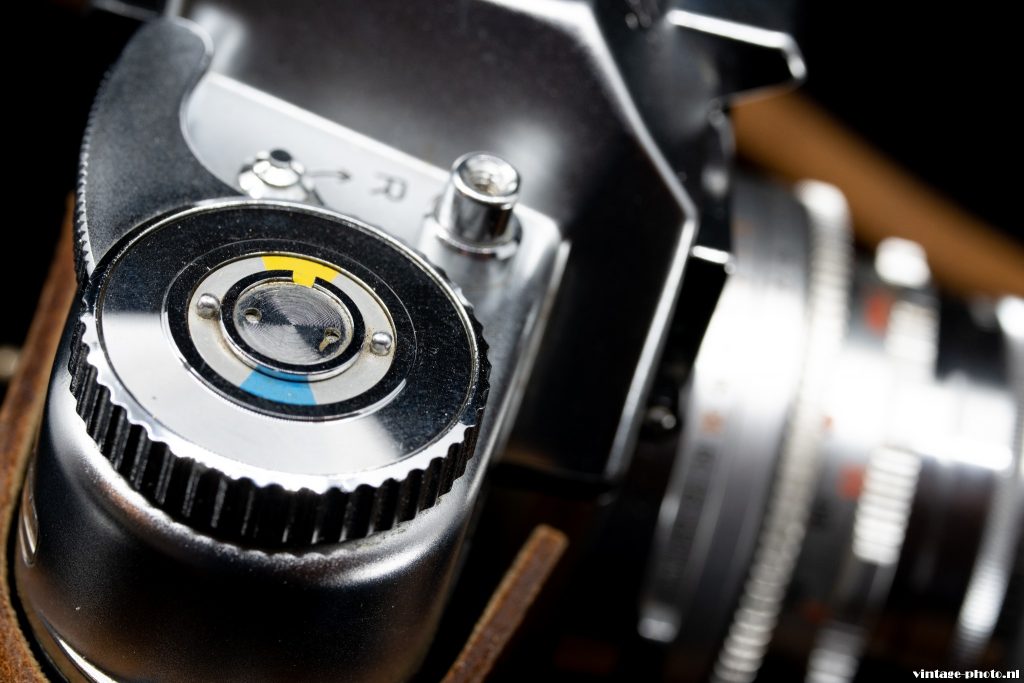
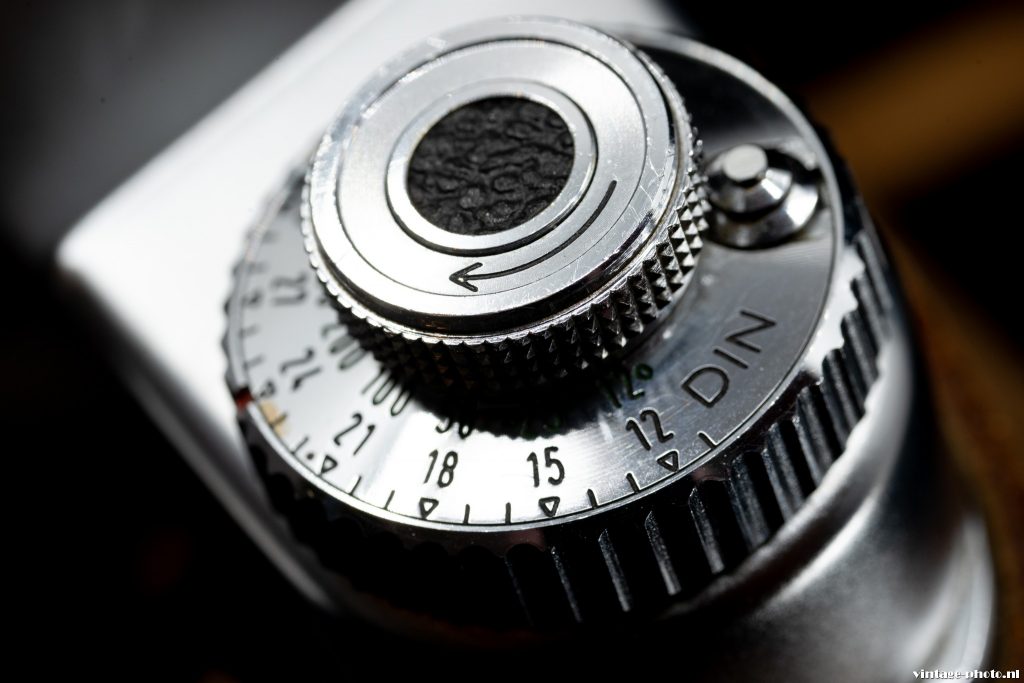
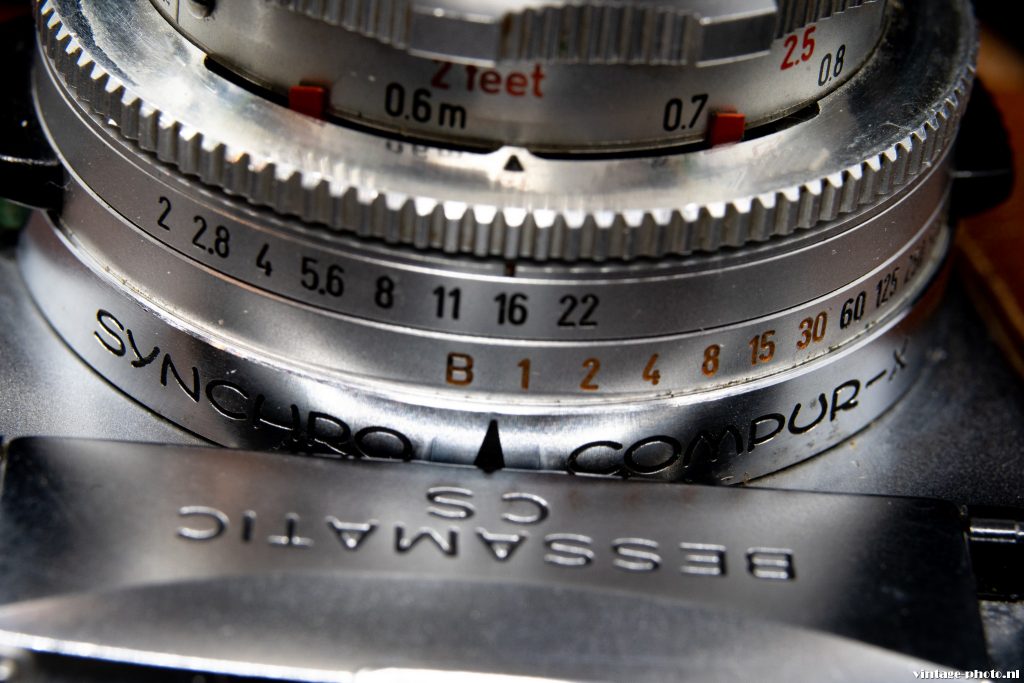
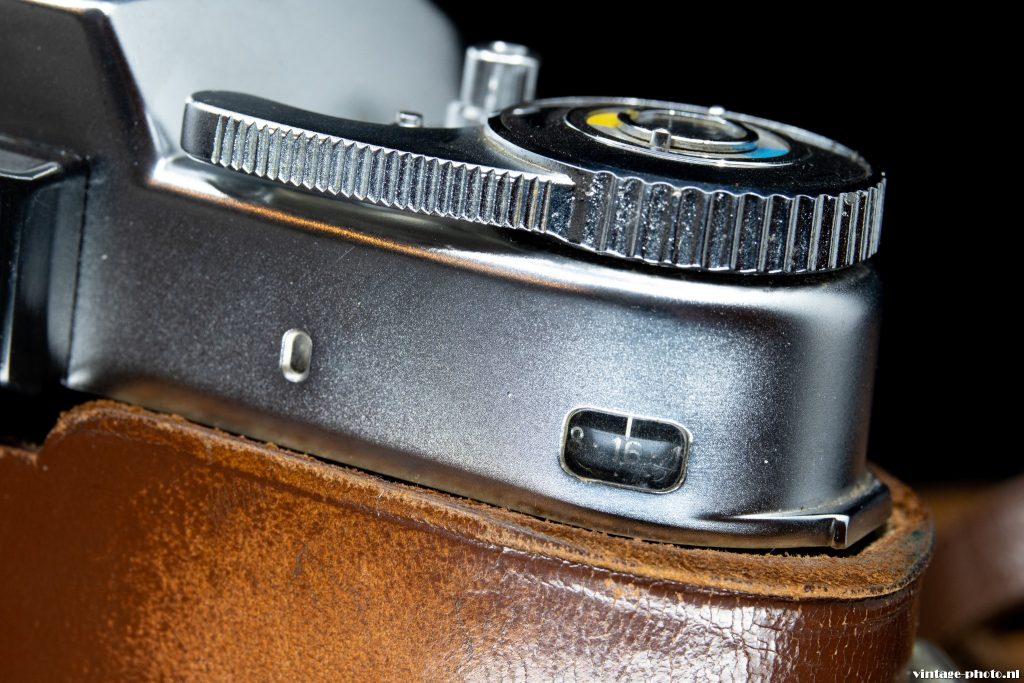
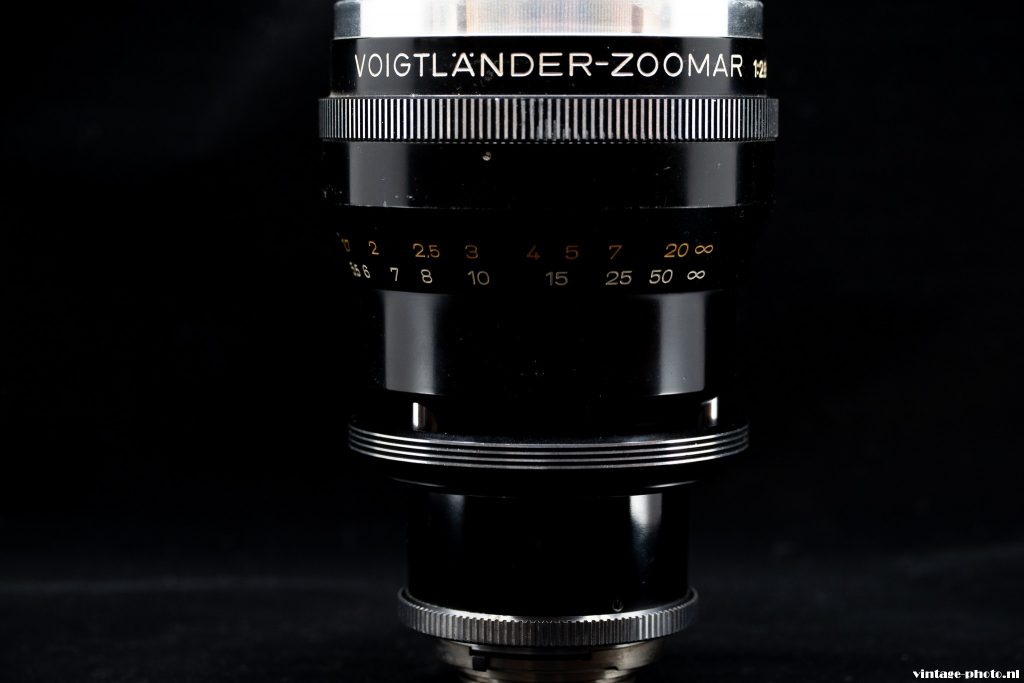
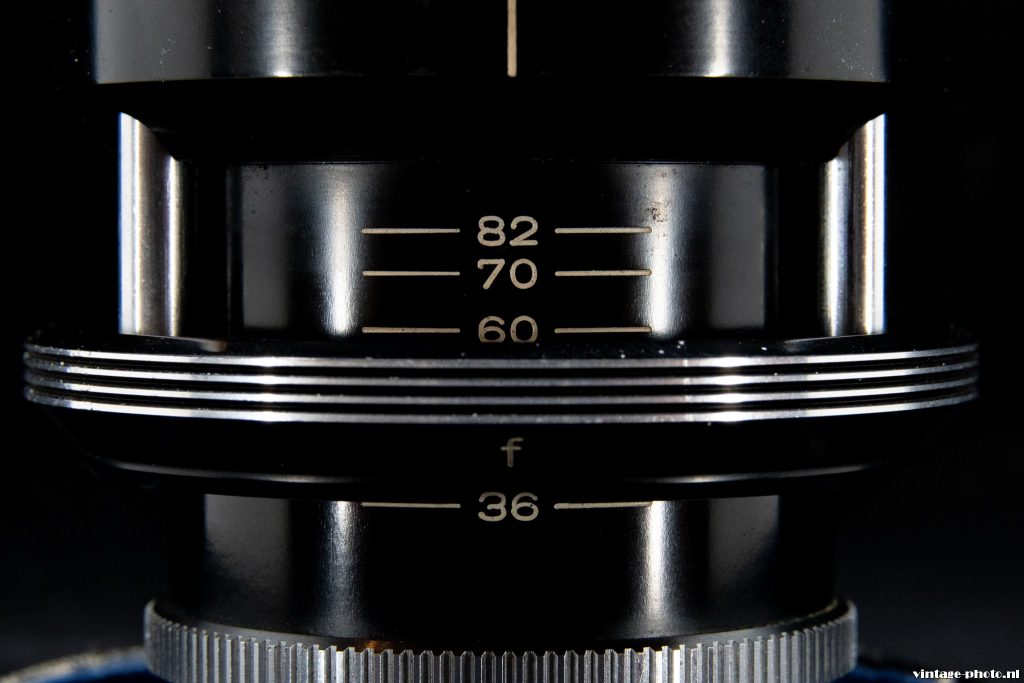
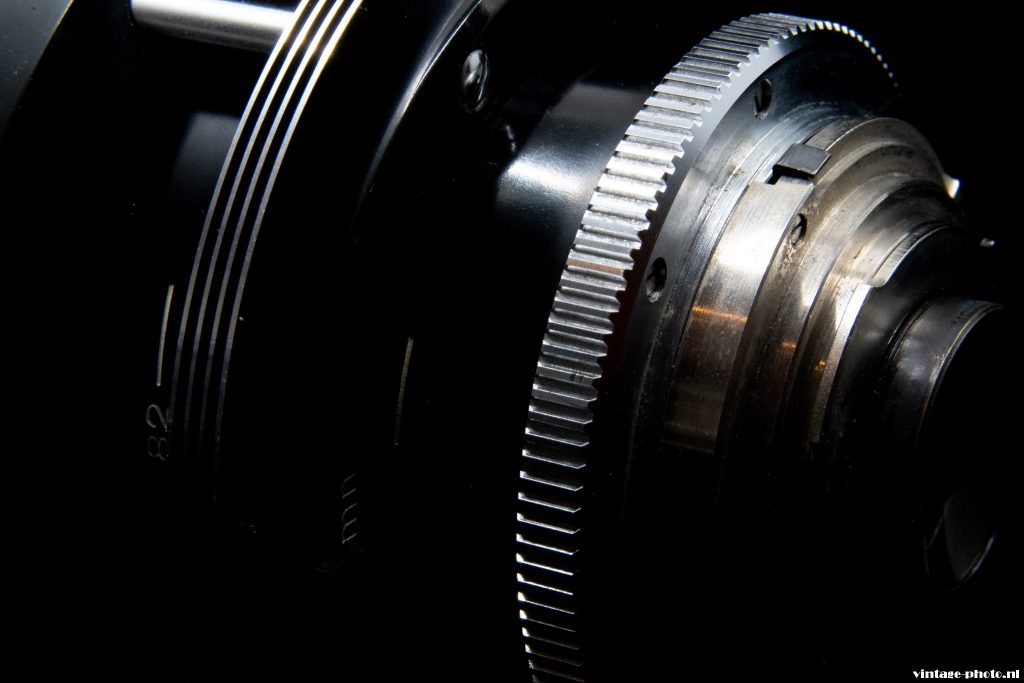
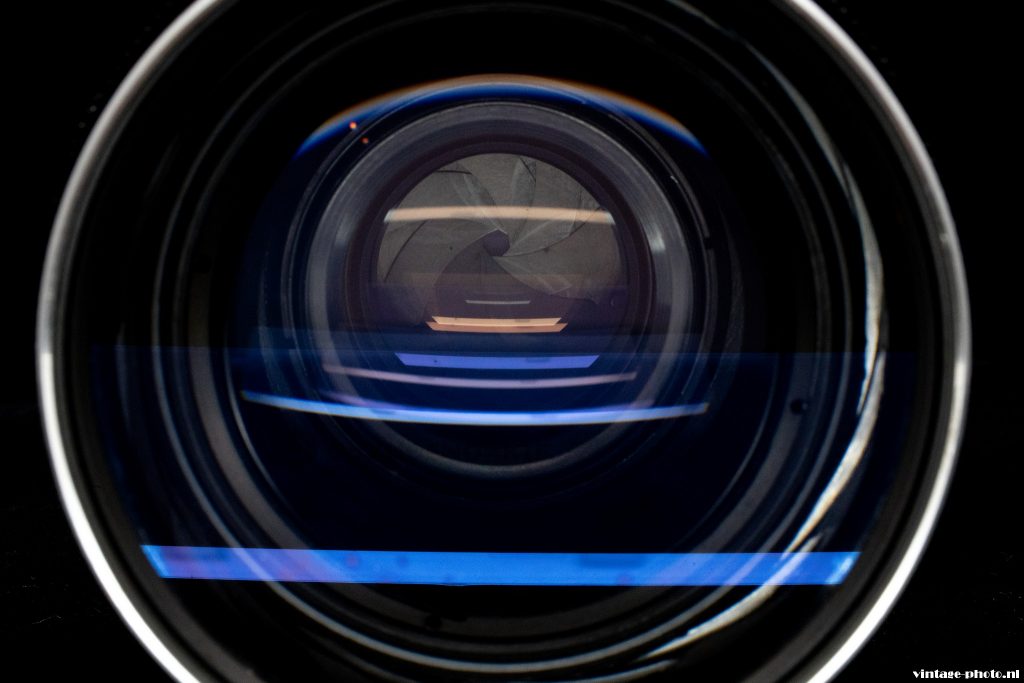
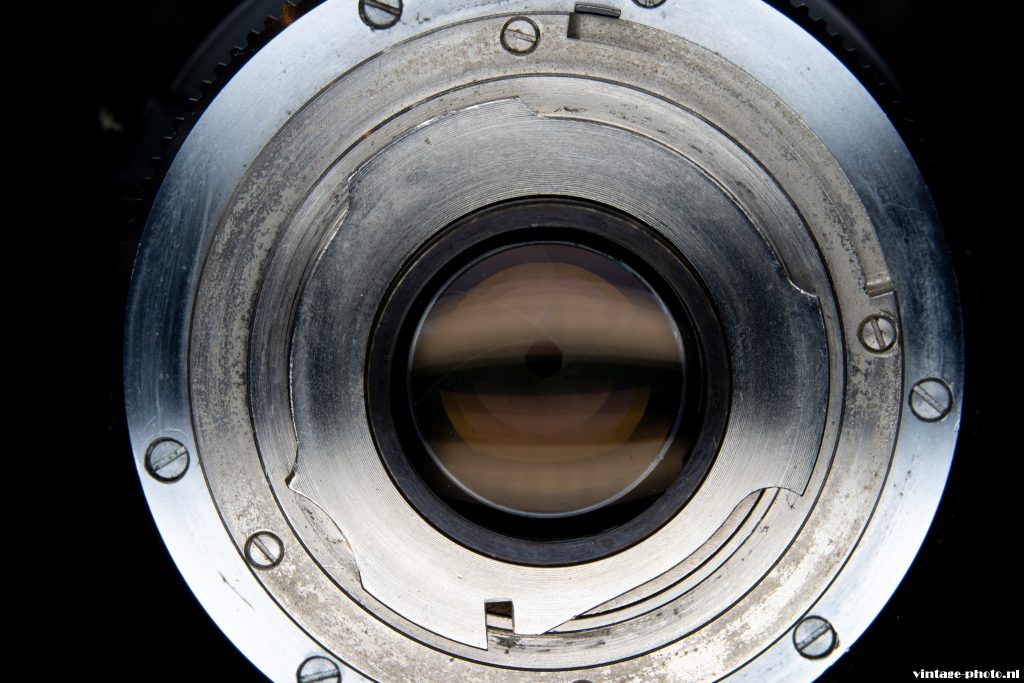






I’ve just spent a couple of days looking through this entire web site. What an accomplishment!
It is difficult travel back in time to a 1959 mindset when the Bessamatic and its competitor the Retina Reflex S were both introduced to the world. .
I believe the established 35mm SLR cameras of that time were the Ihagee Dresden Exakta, the Pentacon Prakiflex and the ZI Contaflex, which was into its 6th year. Everything else introduced around that time was a brand new design. Most of newly introduced SLR designs of 1958 and 1959 were from Japan, (nearly all of which were refined interpretations of the Praktica.)
From a modern viewpoint both the Bessmatic and Retina Reflex S are complicated assemblies consisting of spring driven gear wheels and mechanical linkages, but in 1959 they were a technological tour de force. For example, the coupling of the light meter readings to the shutter and aperture controls was a nice touch. Hence, the matic in the name Bessamatic.
My Bessamatic CS, 50/2 Septon combo weighs in at a svelte 1138 grams with the bottom half of the leather carrying case attached. Knock on wood, I got lucky everything works and the combo was priced absurdly low due to COVID.
That said, my praise today goes to the Bessamatic that I don’t have – which is the Bessamatic M. The M was a plebian Bessamatic that lacked a light meter and did not have the Judas window above the lens mount to read the shutter and aperture combination in the viewfinder. It was also fitted with a focusing screen that did not have the split image prism in the center like the other Bessamatics. It did however do away aperture knob below the rewind knob and in its place use an uncoupled aperture ring at the front of the lens mount.
The Bessamatic M is in my opinion one of the finest looking 35mm SLR cameras ever produced. Simple and plain, but still elegant.